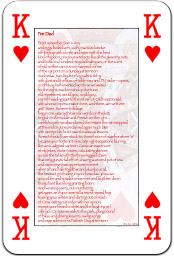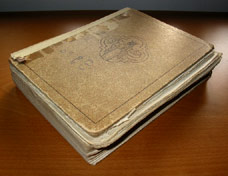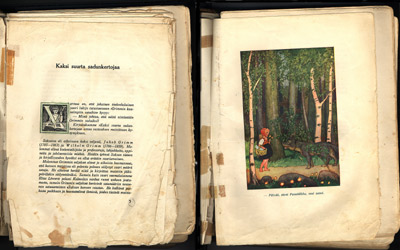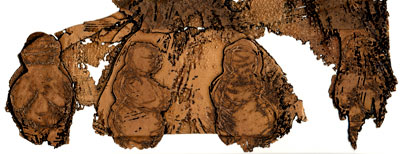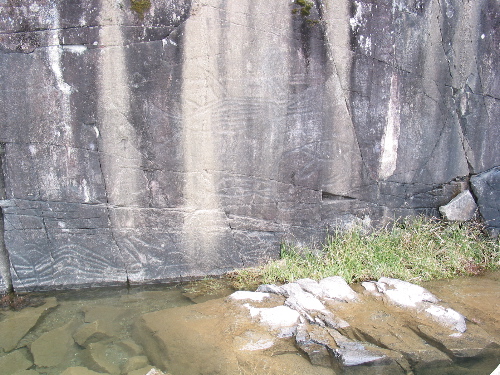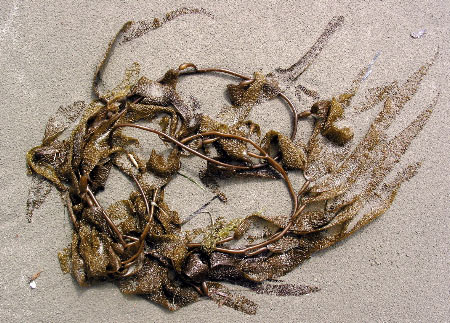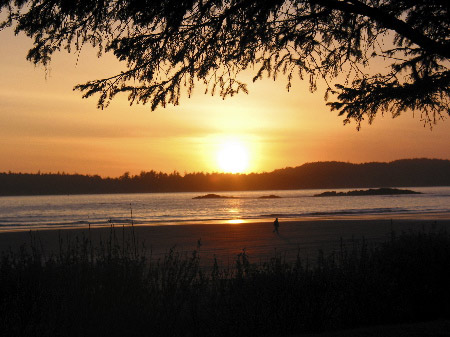Copyright Infringement
Anna L. Conti, a San Francisco artist and art blogger, has had one of her works copied and then put up for sale on eBay by a fraud artist. This is an infringement of copyright, like having your work plagiarized. Read her June 28th entry as she explains why this is important to an artist and to buyers. I will be following closely her updates to see how the issue is resolved, really hoping that it will not become a costly legal battle like one artist friend of mine went through.
UPDATE JUNE 29: Anna has set up a special page eBay Art Fraud. Read and be warned and be aware!
Related links:
CARCC (Canadian Artists Representation Copyright Collective Inc) is a copyright collective that licenses and administers copyright for visual and media artists in Canada
Canadian Copyright Act
myths about copyright
